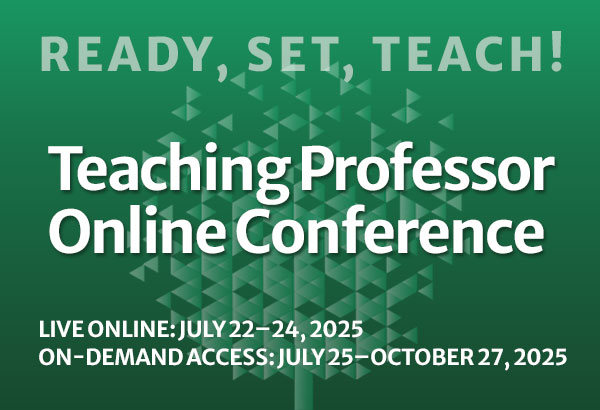
Graduate Students: Present Instructors and Future Faculty
There has been an increase in the number of universities relying on graduate students to teach undergraduate coursework in recent years. In some universities, such as Purdue and University of South Florida, up to 26 percent of undergraduate courses are taught by graduate instructors (U.S. News and World Report, 2017). According to the Bureau of Labor Statistics (2018), there were over 135,000 graduate teaching assistants (GTAs) in 2017.












